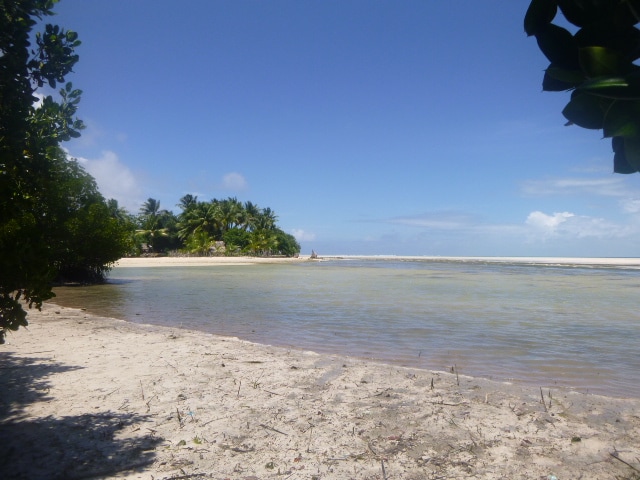Kiribati – Discover unique species of mangroves
Butaritari atoll aka Makin Atoll is located in the northern end of the Gilbert group south of Little Makin. According to history, Butaritari was discovered in 1606 by Spanish explorer, Pedro Fernández Quirós and was also the first trading capital in Kiribati and home to resident traders from 1800s to the early 1900s. The island was also a temporary home to Robert Louis Stevenson during the 19th century. According to forklore Butaritari was an underwater land that was fished out of the ocean by one of the Kiribati mythical gods and it was named ‘Butaritari’ meaning ‘Scent of the sea.’ During WWII, Butaritari was invaded and occupied by Japanese armed forces on 9th December 1941.
In August of 1942, the Americans made a stealth attack, landing their marine raiders from submarines USS Nautilus II and USS Argonaut attacking the Japanese occupation force on the island. This raid was known as the ‘Makin Raid’ and was regarded in US military history as the first ever stealth mission to be carried out from a submarine. Later in 20 November 1943 the ‘Battle of Makin” took event when the American marines again attacked and seized Butaritari from the Japanese. Butaritari is also referred as the Greenest Island in Gilbert Group due its high rainfall pattern. This is reflected in its lush vegetation that has been a major feature of the island for so long and is also the only island in Kiribati that has 4 different species of mangrove growing at the dense mangrove forest near Ukiangang village.
Butaritari is unique in Kiribati for its 4 species of mangroves that only grows on Butaritari. The King’s Pond or known locally as ‘te nei ni man’ is one of the main highlights of the site seeing tour. This ancient site is where the ancestral kings would demand different kinds of fish to eat daily. It is said that a passage runs underground from the pond all the way to the reef. You can witness the water inside the pond because it’s seawater and you can see reef fish inside. The pond stands today as a legacy of Kings of Butaritari.





